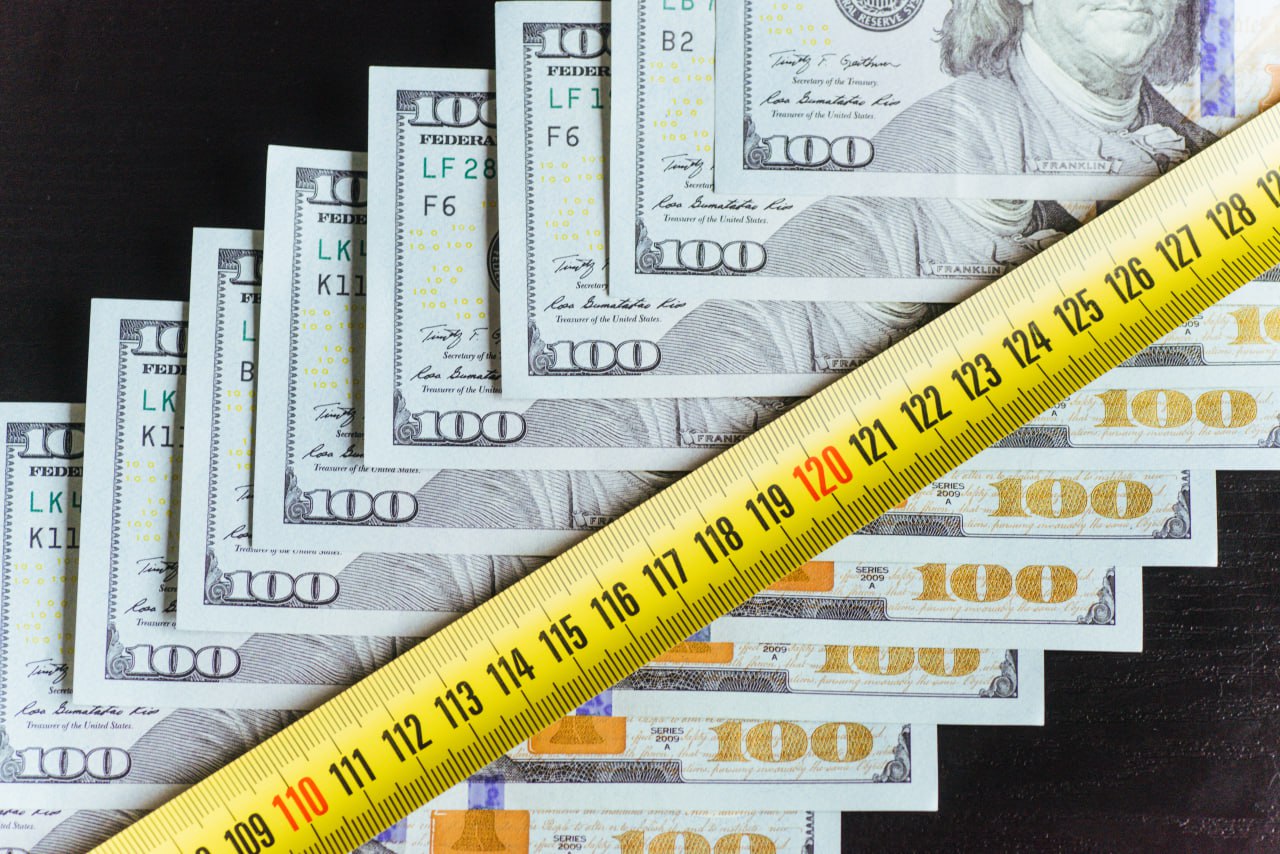The Dollar Falling Upward: A New Exchange Rate Reality or Currency Normality?
 The situation has not changed
The situation has not changed

Throughout his long political career, Lukashenka has repeatedly “buried” the dollar, predicting its fall time and again. Despite the dictator’s rhetorical efforts, the USD continues to “fall upward.” Meanwhile, the Belarusian ruble keeps depreciating against major foreign currencies—a trend likely to persist. The only question is when and at what levels the ruble of the Union State will temporarily stabilize.
As of trading on the Belarusian Currency and Stock Exchange on Friday, November 22, the dollar rose to BYN 3.427, marking a historic high. Other currencies, such as the yuan and euro, also appreciated, while the Russian ruble slightly weakened, now trading at RUB 100 to BYN 3.3635.
This means the Belarusian government has successfully exceeded its annual inflation forecast. The 2025 budget included lower exchange rate targets (BYN 3.35-3.37 per USD 1).
In Russia, the ruble continues to weaken against major foreign currencies, particularly the US dollar. On November 22, the Central Bank set the rate at over RUB 100 per USD 1, with the market rate exceeding RUB 103. It’s worth noting that since June 13, the Moscow Exchange has ceased trading the dollar and euro due to US sanctions. Since then, the Central Bank of Russia has been setting exchange rates based on off-exchange transactions between banks completed by 3:30 PM Minsk time.
The primary impact of sanctions has been felt on the Russian currency market. Many experts concluded that the ruble’s exchange rate would become more volatile, with the Belarusian ruble largely following the Russian trajectory. Once seen as grim, the Russian Ministry of Economic Development’s forecast of RUB 98 per USD 1 by year-end (a 9% decline) and about RUB 100 in 2025 now seem overly optimistic.
The era of a stable ruble is over. Experts point out that macroeconomic factors shaping the Belarusian and Russian economies have led to significant weakening of their national currencies against the benchmark—the US dollar. Several factors are at play:
- Sanction restrictions;
- High transaction costs (including for currency exchanges);
- Worsening price conditions for raw materials;
- Parallel imports;
- Abolition of currency regulation measures in Russia;
- Increased share of mutual settlements in Russian rubles;
- Worsened external economic balance, especially for Belarus.
Collectively, these factors have reduced foreign trade revenues in currencies other than the Russian ruble.
There is also a political factor: following Donald Trump’s victory in the US presidential election, the dollar appreciated against other currencies.
Previously, analysts at the Eurasian Development Bank projected a “moderate” depreciation of the Belarusian ruble against the dollar—around 5%—linking it to a worsening external trade balance (a deficit of about USD 1 billion in the first nine months of the current year). The ruble’s decline is expected to continue. By 2026, the dollar could reach BYN 3.54. Today, this forecast seems optimistic: the range of BYN 3.5-3.6 might be achieved as early as the 2025 presidential elections.
The government will need to make efforts to stabilize the ruble in a “lower” corridor, although the factors it can influence are limited. A significant challenge could be the further deterioration of the external trade balance. The Belarusian side is counting on progress in December negotiations with Russia on price conditions for oil and gas supplies. Theoretically (all else being equal), this could support the external trade balance and, consequently, the national currency.
Subscribe to our newsletter




Situation in Belarus
Constitutional referendum: main consequences


 Video
Video
How to count the political prisoners: are the new criteria needed?


 Video
Video
Paternalism In Decline, Belarusian Euroscepticism, And The Influence Of Russia


 Video
Video












